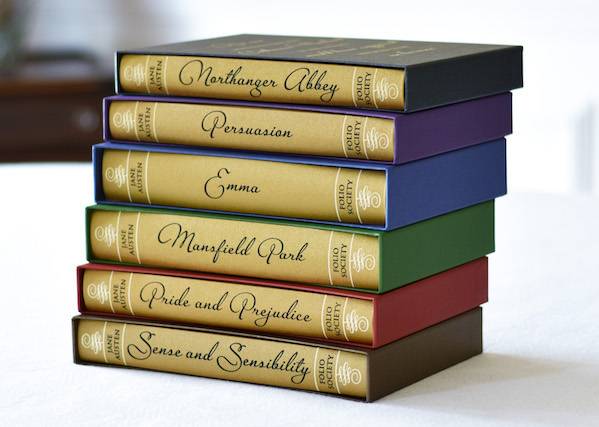
The Tilneys invite Catherine to stay with them for a few weeks at their home, Northanger Abbey. Innocent Catherine cannot understand her friend's behaviour, but Henry understands all too well, as he knows his brother's character and habits.

Isabella immediately begins to flirt with Captain Tilney, Henry's older brother. Isabella is dissatisfied, but to Catherine, she misrepresents her distress as being caused solely by the delay, and not by the value of the sum. James' father approves of the match and offers his son a country parson's living of a modest sum, £400 annually, but they must wait until he can obtain the benefice in two and a half years. This leads to several misunderstandings, which put Catherine in the awkward position of having to explain herself to the Tilneys. Despite John Thorpe continually attempting to sabotage her relationship with the Tilneys, Catherine tries to maintain her friendships with both the Thorpes and the Tilneys. The Thorpes are not happy about Catherine's friendship with the Tilneys, as they correctly perceive Henry as a rival for Catherine's affections, though Catherine is not at all interested in John Thorpe. Thorpe's son, John, is a friend of Catherine's older brother, James, at Oxford where they are both students and the two young men come to Bath where John is introduced to Catherine. Thorpe, whose daughter Isabella introduces Catherine to Ann Radcliffe's Gothic novel Mysteries of Udolpho the two quickly become friends. Soon she is introduced to a young gentleman, Henry Tilney, with whom she dances. Ĭatherine is invited by the Allens (her wealthier neighbours in Fullerton) to accompany them to visit the city of Bath and partake in the winter season of balls, theatre and other social activities. Although a tomboy in her childhood, by the age of 17 she is "in training for a heroine" and is fond of reading Gothic novels, "provided they were all story and no reflection".

Seventeen-year-old Catherine Morland is one of ten children of a country clergyman. How Catherine views the world has been distorted by her fondness for Gothic novels and an active imagination.

The story concerns Catherine Morland, the naïve young protagonist, and her journey to a better understanding of herself and of the world around her.

Northanger Abbey was completed in 1803, the first of Austen's novels completed in full, but was published posthumously in 1817 with Persuasion. Austen was also influenced by Charlotte Lennox's The Female Quixote (1752). Northanger Abbey ( / ˈ n ɔːr θ æ ŋ ər/) is a coming-of-age novel and a satire of Gothic novels written by Jane Austen.


 0 kommentar(er)
0 kommentar(er)
